Part five of our series on fastener locking methods will focus on some alternative locking methods not previously covered.
Serrated Flange Nuts/Bolts
Serrated flange nuts and bolts use serrations on the bearing surface to create higher friction and prevent loosening, primarily on sheet metal joints. Care must be taken to NOT use any washers with this hardware and to ensure serrations on both the nut and bolt to prevent any rotation. When designed correctly, joints using serrated hardware perform very well, but corrosion can be a concern if the hardware is installed after paint as some material can be removed during assembly and especially if removal is required.
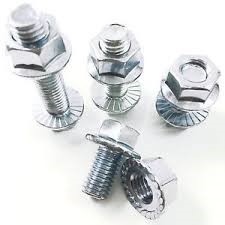
Double Nuts
Use of a jam nut (or thin nut) to “double nut” a joint has been around for many years, and can be a very effective method of locking a threaded joint. The assembly method and the use of two nuts for each joint may not be the most efficient, and many people do not install them correctly. When using a jam nut, the thinner nut goes on first, and the standard nut gets tightened to full torque on top, while holding the jam nut in place. This can make it tricky to induce the proper pre-load on the joint which is part of the reason this method is seldom used any more.
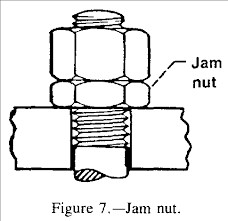
Mechanical Thread Locking
Some manufacturers have come up with special thread geometry to create a mechanical locking in either the internal or external threads. Different from locking nuts, which starts with a standard thread, and deforms or damages it to create friction, these specialty threads are rolled or tapped into the fastener when the threads are initially formed, which provides greater consistency and a more predictable clamp load.
Tab Washers
Tab washers have multiple tabs which are bent both in opposing directions after assembly to lock the nut or bolt head into the mating surface.
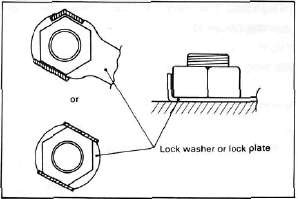
Castle Nuts
Castle nuts or slotted nuts have slots cut or formed across the flats to allow for a cotter pin to be passed through a cross drilled hole in the mating male threaded component. Often used on highly critical joints such as front wheel bearing assemblies on automobiles, this positive locking feature is a guaranteed, but costly way to secure a bolted joint.
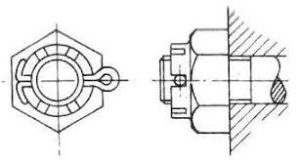
Safety Wire
Generally used in aircraft, high performance automotive, or other high critical applications, these bolts and/or nuts will have holes drilled through the heads or flats. Safety wire can then be passed through, twisted and attached to neighboring fasteners to prevent rotational loosening.
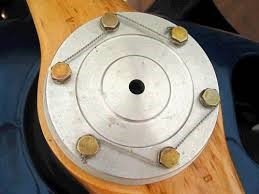
Questions? Want to learn more about locking fastener applications? Contact us at ProvenProductivity@bossard.com.
For more shopping options click here.
Doug Jones
Applications Engineer
djones@bossard.com




